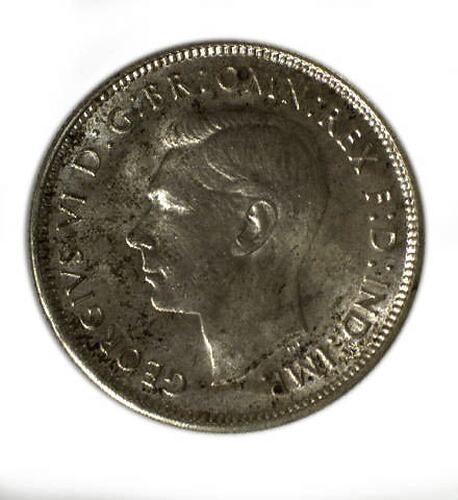Swiss medallist Jean (John) Dassier (1676-1763) trained under his father Domaine Dassier (1641-1719), chief engraver at the Geneva Mint, and studied in Paris under Jean Mauger and Joseph Roettier. From 1711 he was assistant engraver at the Geneva Mint and, in 1720, succeeded his father as chief engraver, a post he held until his death. Around 1720 he designed and executed his first series of medals, of French monarchs (72 medals) and religious reformers (around 24). In 1728 he visited England, where he refused the offer of a position at the Royal Mint. In 1731 he issued a series of medals dedicated to George II, depicting British sovereigns from William I to George II. This consisted of 35 medals available in gold, silver and bronze, some of which were damascened. He was joined in this project by his second son, and the medals are described in his A Sett of Medals of all the Kings of England (London, 1731) and An Explanation of the Medals of the English Monarchs Engraved by John Dassier and Son (Birmingham, 1731) (Grove Art Online). Having being presented to Queen Caroline, Dassier set out proposals for a set of 33 medals of English sovereigns from William I to George II, to whom the series was dedicated. Based on engravings by George Vertue for Paul Rapin de Thoyrasis' History of England, these were advertised in the prospectus published in 1730 for purchase by subscription at six guineas for sets in copper and at 15 guineas for silver.
References:
http://www.ilab.org/db/book2351_00053.html, accessed 21 Dec 2007, citing Jean Dassier (circa 1797), Medals of the Sovereigns of England
More Information
-
Keywords
-
Localities
-
Authors
-
Article types
